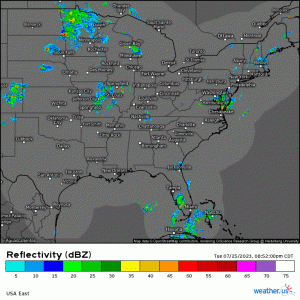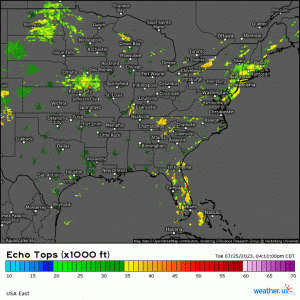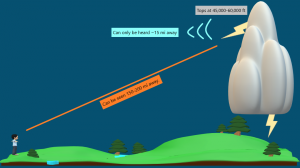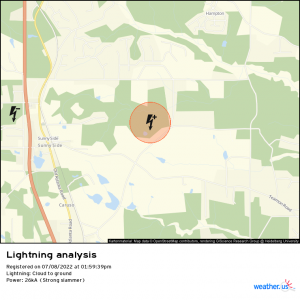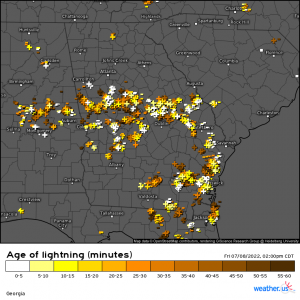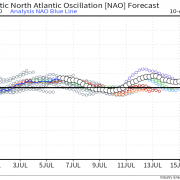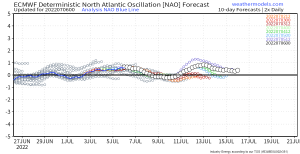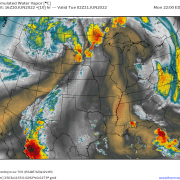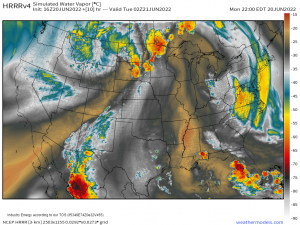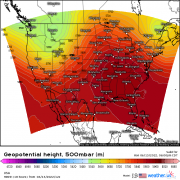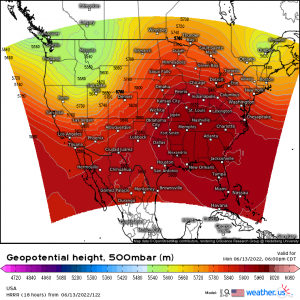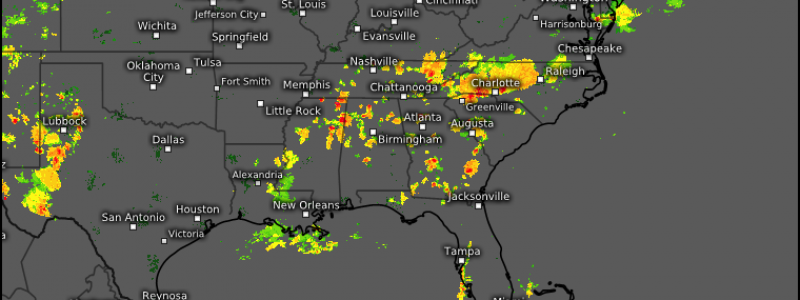
Heat Lightning: Fact or Fiction?
If your childhood summers were anything like mine, your evening outside playtime was mostly under clear, hot skies with brilliant flashes of distant lightning often visible. That lightning remained far away and thunder was never heard.
The adults blamed it on the summer heat. They claimed that it was a result of scorching day time temperatures and just happened in the evening as the surface cooled.
Was it, though?
In truth, they’re not totally wrong. But they’re also not totally right. The distant lightning you see but don’t hear on summer nights is a product of heat, but in the same way that all storms are. And storms are required for lightning to occur.
Anyone who has lived east of the Rockies (especially in the Southeast) knows that many summer days are not only hot, but humid as well.
As the day wears on and the sun bakes the surface, that hot, moist air rises and storms form. This occurs nearly daily in the summer. Is it a hot and humid day? By 2 pm, storms have begun to pop. These are known as air mass thunderstorms (click here for a blog devoted to the topic).
These storms persist as long as there is hot/moist rising air to fuel them. They form over elevation changes and sea-breeze boundaries, downwind of heat islands, and on outflows from other storms.
One thing about these storms is that they generally have access to a lot of heat and humidity. With plenty of CAPE in place, they often grow rather tall.
The tops of the aforementioned storms can reach heights of 45-60 thousand feet. For reference, that’s higher (by 10 to 25 thousand feet) than the typical cruising altitude of a jet.
It’s safe to say these storm tops can be seen from miles and miles away. And once the sun begins to go down, the lightning contained in them becomes more visible.
Hopefully you enjoy my homemade visualization. Let me explain:
Near/after sunset, lightning becomes more visible, as I’ve already mentioned. With storm tops between 45,000 and 60,000 ft, this lightning, provided it is in the upper reaches of the storm, can now be seen from 150 to 200 miles away!
You won’t hear the thunder; sound generally travels around 15 miles from the strike.
In conclusion: heat lightning is a myth. All lightning originates from storms. So, though it may be clear overhead, that lightning you’re seeing in the distance is in fact from a storm – one that is perhaps over 100 miles away! Our atmosphere is pretty cool, isn’t it?
Bonus: if you enjoy lightning, don’t forget to check out the Lightning Analysis at weather.us.
The map is interactive – you can click on a specific bolt and find out its relative strength and estimated location.
